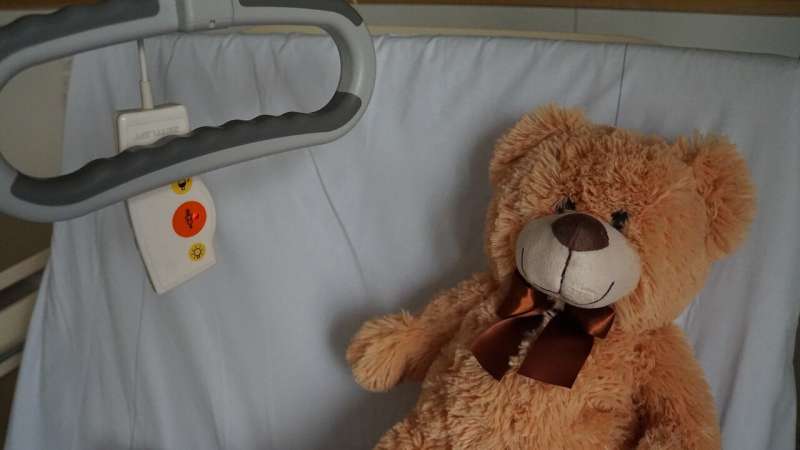Repeat liver transplantation in children is justified

Repeat liver transplantation in children is justified on both medical and ethical grounds , according to potentially practice-changing research published online today by the Medical Journal of Australia.
According to current guidelines, repeat liver transplantation is not routinely considered because of poorer recipient survival and the shortage of donor organs, but research led by Sir Charles Gairdner Hospital in Perth and the University of Western Australia has found that "survival for children following retransplantation is excellent."
The authors, led by Dr. Angus Jeffrey from Sir Charles Gairdner, analyzed data from the Australia and New Zealand Liver Transplant Registry for all liver retransplantations in children (under 18 years of age) in the two countries, between 1986 and 2017, in all four pediatric and six adult liver transplantation centers.
During the study period 142 liver retransplantations were undertaken in children (59 during 1986–2000, 83 during 2001–2017). Survival analysis indicated that survival was significantly greater during 2001–2017 than 1986–2000. During 2001–2017, graft survival one year after retransplantation was 84%, at five years 75%, at 10 years 70%, and at 15 years 54%; patient survival was 89% at one year, 87% at five years, 87% at 10 years, and 71% at 15 years. Median time between transplantations was 0.2 years during 1986–2000, 1.8 years during 2001–2017. The proportion of graft failures that involved split grafts was larger during 2001–2017 (35 of 83, 42%) than 1986–2000 (10 of 59, 17%). Graft type, cause of graft failure, and number of transplants did not influence survival following retransplantation.
"We found that 15-year patient and graft survival for children following liver retransplantation during 2001–2017 were excellent," Jeffrey and colleagues wrote.
"Further, outcomes for patients in Australia and New Zealand receiving split liver grafts are similar to those for children receiving other graft types. Finally, graft and patient survival for the few children requiring multiple retransplantations were similar to those undergoing retransplantation only once. Our findings challenge views of the relative priority of children requiring first or subsequent liver transplants," they concluded.
"The routine use of split liver grafts in Australia and New Zealand has increased the supply of donor grafts for candidate recipients and reduced waiting list mortality. Accordingly, split liver grafts should be used for both first and subsequent transplantations in children, and organ allocation should be based solely on need, not on the number of grafts the child has previously received."
More information: Angus W Jeffrey et al. Outcomes for children after second liver transplantations are similar to those after first transplantations: a binational registry analysis, Medical Journal of Australia (2020). DOI: 10.5694/mja2.50802



















